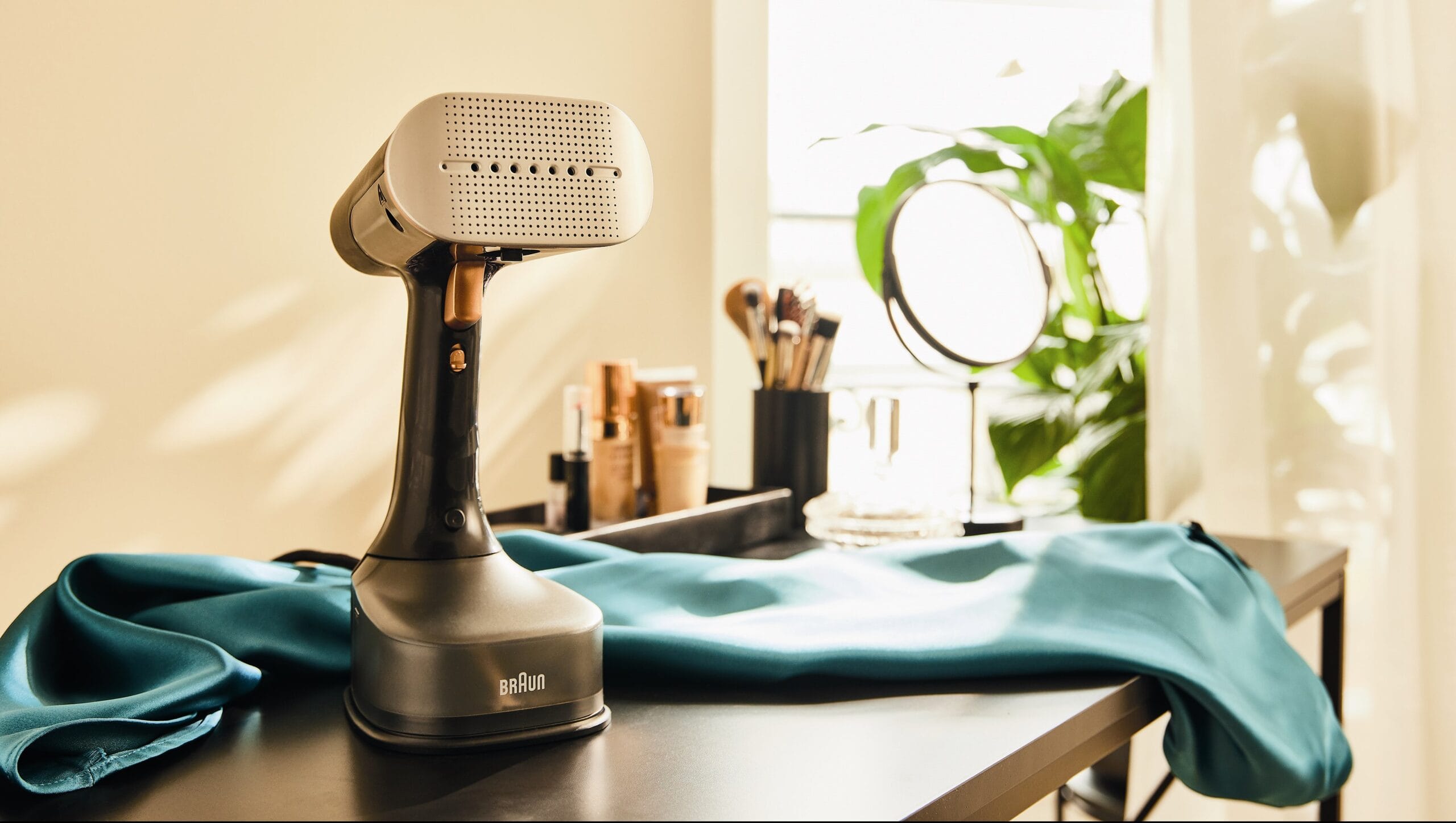The Mechanical Marvels of Hisashige Tanaka: A Pioneer of Robotics
Imagine a scene from 19th-century Japan. An archer, crouched low, carefully selects an arrow from his quiver. He positions it on the bow, steadies his hand, and rises. Drawing back the string, he lowers his head to aim, then releases. Bullseye. He repeats the process, each movement identical to the last.
This is no ordinary archer, but an automaton, brought to life by a complex system of pulleys, weights, and gears. This centuries-old creation is the work of Hisashige Tanaka, a master of karakuri, the Japanese art of mechanical animation. Reconstructions of his masterpieces reveal a remarkable level of skill, even allowing him to “program” a shot to miss the target. A tea-serving doll and a calligrapher meticulously writing kanji characters were also brought to life through the talent of this artisan’s son, born in 1799.
Tanaka’s legacy extends far beyond these intricate toys. Historians consider his automata to be the forerunners of modern robots. They may also explain Japan’s enduring fascination with humanoid robots, a contrast to other countries less driven by realism. But Tanaka’s significance lies not only in his inventions, but also in his innovative spirit. He is considered the father of the well-known company Toshiba, and embodies a unique model of innovation.
“This example offers forgotten insights into how a society innovates in times of crisis and beyond,” explains Aleksandra Kobiljski, a historian of technology at the CNRS.
Enjoyed this post by Thibault Helle? Subscribe for more insights and updates straight from the source.


